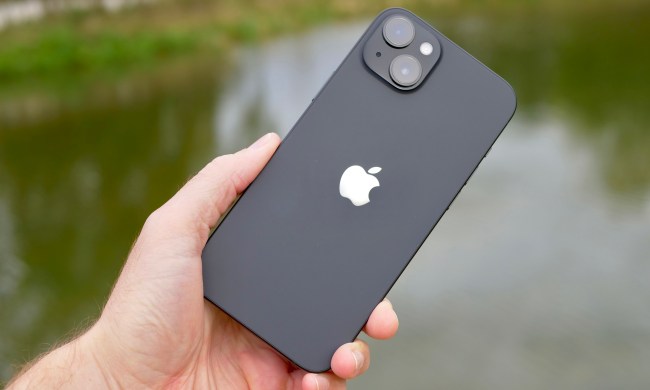If you’re not willing to spring for Apple’s cream of the crop, but you’d like to upgrade from an older iPhone, or even make the switch from Android, then this iPhone competition should interest you. We’re pitting the new iPhone XR against last year’s iPhone 8, the iPhone 7, and the now-discontinued iPhone 6s to find out just what the differences are.
Which iPhone will suit you and your budget best? Find out in this iPhone royal rumble as we compare the specs in various categories and explain what has changed.
Specs
| Apple iPhone XR |
Apple iPhone 8 | Apple iPhone 7 |
Apple iPhone 6s |
|
| Size | 150.9 x 75.7 x 8.3 mm (5.94 x 2.98 x 0.33 inches) | 138.4 x 67.3 x 7.3 mm (5.45 x 2.65 x 0.29 inches) | 138.3 x 67.1 x 7.1 mm (5.44 x 2.64 x 0.28 inches) | 138.3 x 67.1 x 7.1 mm (5.44 x 2.64 x 0.28 inches) |
| Weight | 194g (6.84 oz) | 148g (5.22 oz) | 138g (4.87 oz) | 143g (5.04 oz) |
| Screen size | 6.1 inches | 4.7 inches | 4.7 inches | 4.7 inches |
| Screen resolution | 1,792 x 828 pixels (326 ppi) | 1,334 x 750 pixels (326 ppi) | 1,334 x 750 pixels (326 ppi) | 1,334 x 750 pixels (326 ppi) |
| Operating system | iOS 12 | iOS 11 (upgradeable to iOS 12) | iOS 10 (upgradeable to iOS 12) | iOS 9 (upgradeable to iOS 12) |
| Storage space | 64GB, 128GB, 256GB | 64GB, 256GB | 32GB, 128GB, 256GB | 16GB, 32GB, 64GB, 128GB |
| MicroSD card slot | No | No | No | No |
| Tap-to-pay services | Apple Pay | Apple Pay | Apple Pay | Apple Pay |
| Processor | A12 Bionic | A11 Bionic | A10 Fusion | A9 |
| RAM | 3GB | 2GB | 2GB | 2GB |
| Camera | 12MP rear with OIS, 7MP front | 12MP rear with OIS, 7MP front | 12MP rear with OIS, 7MP front | 12MP rear, 5MP front |
| Video | 2,160p up to 60 fps, 1080p up to 240 fps | 2,160p up to 60 fps, 1080p up to 240 fps | 2,160 at 30 fps, 1080p up to 120 fps, 720p at 240 fps | 2,160 at 30 fps, 1080p up to 120 fps, 720p at 240 fps |
| Bluetooth version | Bluetooth 5.0 | Bluetooth 5.0 | Bluetooth 4.2 | Bluetooth 4.2 |
| Ports | Lightning port | Lightning port | Lightning port | 3.5mm audio jack, Lightning port |
| Fingerprint sensor | No | Yes | Yes | Yes |
| Water resistance | IP67 | IP67 | IP67 | No |
| Battery | 2,942mAh | 1,821mAh | 1,960mAh | 1,715 mAh |
| App marketplace | Apple App Store | Apple App Store | Apple App Store | Apple App Store |
| Network support | T-Mobile, AT&T, Verizon, Sprint | T-Mobile, AT&T, Verizon, Sprint | T-Mobile, AT&T, Verizon, Sprint | T-Mobile, AT&T, Verizon, Sprint |
| Colors | White, Black, Blue, Coral, Yellow, Red | Silver, Space Grey, Gold, Red | Jet Black, Black, Silver, Gold, Rose Gold, Red | Space Grey, Silver, Gold, Rose Gold |
| Price | $750 | $600 | $450 | $400 or less |
| Buy from | Apple | Apple | Apple | Discontinued |
| Review score | Hands-on review | 3.5 out of 5 stars | 3.5 out of 5 stars | 4.5 out of 5 stars |
Performance, battery life, and charging

With a new processor rolling out every year, Apple steadily improves on power efficiency and performance. The iPhone 7 is faster and smoother than the iPhone 6s, the iPhone 8 is faster and smoother than the iPhone 7, and so on. This year is no exception, so we can expect lightning-fast performance from the iPhone XR, which boasts the same A12 Bionic chip as the top-of-the-line iPhone Xs and Xs Max. The iPhone 8 is still perfectly capable of handling everything you can throw at it and the iPhone 7 is no slouch, but if you’re upgrading from the iPhone 6s, then you’re really going to feel the difference.
There’s wireless charging support for the iPhone XR and iPhone 8 and both also support fast charging, though you have to buy a fast charger separately if you want to enjoy it. We didn’t find a big difference between the iPhone 8 and 7 in terms of battery life, but Apple claims that the iPhone XR can last 90 minutes longer than the iPhone 8 Plus, so it clearly has more stamina than the rest of our competitors.
Winner: iPhone XR
Design and durability
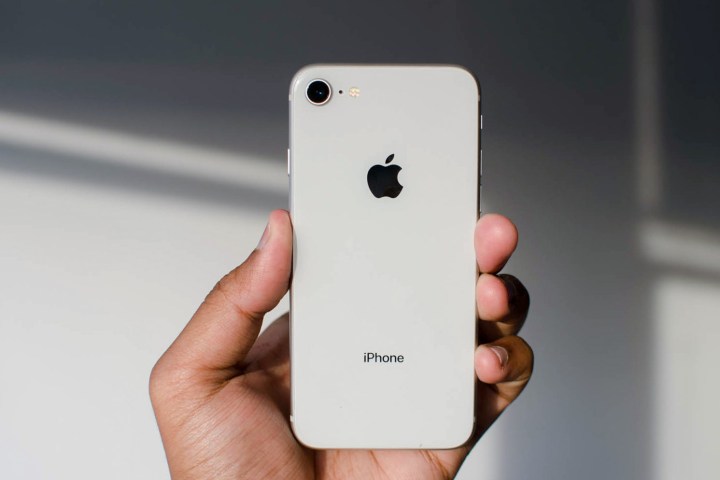
From the iPhone 6s through to the iPhone 8, there have been only minor changes in the design. Perhaps most notably, the 3.5mm headphone port was dropped in the iPhone 7. Apple also managed to reduce the antenna bands that broke up the aluminum body. With the iPhone 8, that aluminum back was replaced with glass, enabling wireless charging for the first time. The iPhone 8, 7, and 6s all have large bezels above and below the screen, with a TouchID home button below.
After a few years of gradual refinement, the iPhone XR stands out as a bigger shift with a large edge-to-edge display and the same notch you’ll find in the iPhone X, Xs, and Xs Max. There’s no room for TouchID and it continues the glass back trend.
In terms of durability, the iPhone 6s is the odd one out with no water resistance, while all the others have an IP67 rating that allows them to survive immersion in up to 1 meter of water for up to 30 minutes. The switch to a glass back probably makes the iPhone XR and 8 slightly more at risk of serious damage from a fall, so a good case is advisable.
Winner: iPhone XR
Display
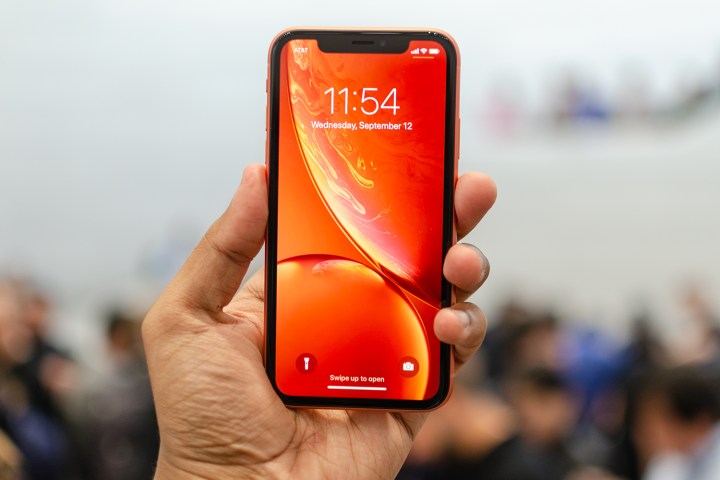
Amazingly, the display remained almost entirely unchanged from the iPhone 6s through to the iPhone 8. All three of the older iPhones sport a 4.7-inch IPS LCD display with a resolution of 1,334 x 750 pixels. Apple made slight improvements to get more out of it, but the iPhone XR is significantly different with a much larger 6.1-inch display and the same notch as the iPhone X. It is still an LCD screen, but it’s 6.1 inches diagonally and has a resolution of 1,792 x 828 pixels. Apple is calling it a Liquid Retina display and claiming that it’s the most advanced LCD display on the market.
All these iPhones have the same level of sharpness with resolutions that work out to 326 pixel-per-inch (ppi). You are going to be comfortable watching movies, playing games, or reading on any of these displays, but the iPhone XR is the best in terms of size and quality.
Winner: iPhone XR
Camera
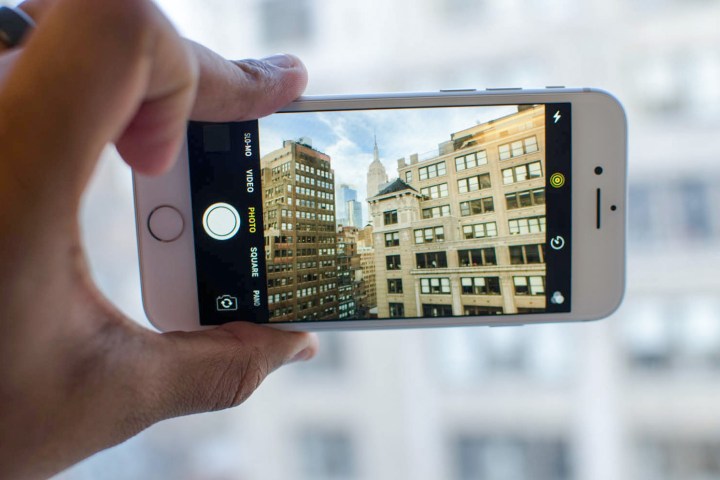
All of these iPhones have solid cameras, but there was a significant jump between the iPhone 6s and the iPhone 7 with Apple introducing optical image stabilization (OIS) and ramping up the megapixel count in the front-facing camera to 7 megapixels.
The iPhone XR sports a 12 megapixel main camera with an f/1.8 aperture and OIS, which is the same as the iPhone 8’s camera on paper, but the newer sensor is supposed to be faster, according to Apple. It also supports the new depth control in portrait mode for a customizable bokeh effect.
The selfie cameras in the iPhone 8 and 7 are similar, but the iPhone XR boasts the same TrueDepth front-facing camera as the X, Xs, and Xs Max. That’s handy since you’ll need FaceID to unlock it without any TouchID on the device, but it means you’ll be able to enjoy Animojis and Memojis on the new iPhone, too.
Winner: iPhone XR
Software and updates
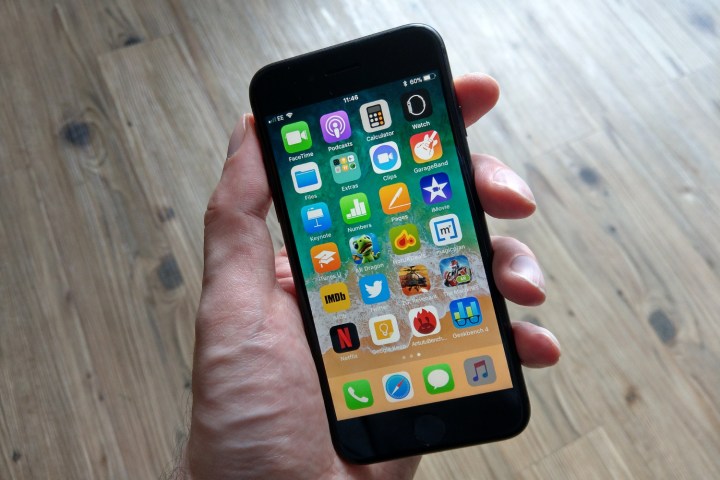
There’s a new version of iOS every year, but Apple is also very good at updating older iPhones. The iPhone XR will launch with iOS 12 on board, but all of the iPhones we’re comparing here can be updated to iOS 12. The iPhone 6s was also the first to support 3D Touch, so there’s no significant difference between the iPhone 8, 7, and 6s in terms of the software experience. However, the most recent iPhone XR doesn’t have 3D Touch and relies on gestures and tap, so it does feel distinct. You also get the aforementioned FaceID and everything else the front-facing TrueDepth camera can do.
The current cutoff for iOS 12 is the iPhone 5s, so we expect the iPhone 6s to get another couple of updates. The newer iPhones will continue to get updates for longer, but there isn’t a big gap here.
Winner: iPhone XR
Special features
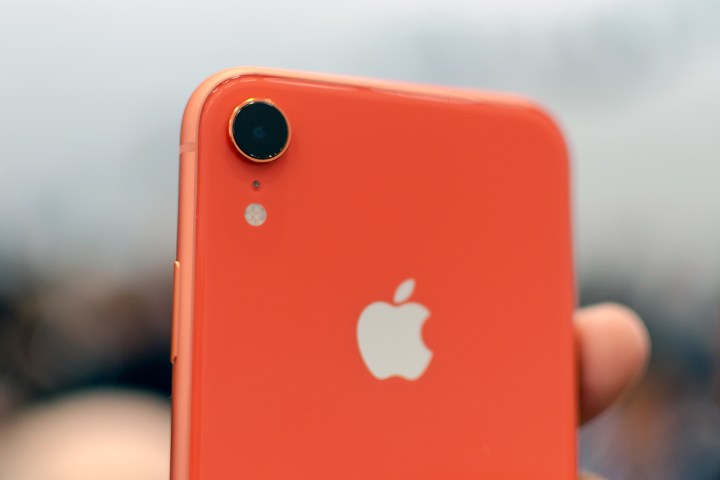
There aren’t a lot of special features to speak of because Apple concentrates on getting the core experience right, but we could highlight that TrueDepth camera again since the XR is the only one here to have it. The extra screen real estate and quality, as well as the new color options, might catch your attention, too.
Winner: iPhone XR
Price
When Apple releases a new iPhone, it always drops the prices on its older models. The iPhone 6s is now discontinued, though you can probably pick one up from a carrier or retailer or buy a cheap refurbished model. The iPhone 7 has dropped down to $450, the iPhone 8 starts at $600, and the new iPhone XR will set you back $750.
While the rest are widely available now, you can’t pre-order the iPhone XR until October 19, it will ship on October 26.
Overall winner: iPhone XR
Unsurprisingly, the newest of the bunch, the iPhone XR, has more to offer than its predecessors, but that doesn’t necessarily make it the best choice for you. If you would prefer a smaller iPhone and you love the classic design and TouchID, then the iPhone 8 is going to be a great buy that could still last you for years. The iPhone 7 also still has a lot of life left and could serve you well if you want to save some cash. Although we mourn the passing of the headphone port, the iPhone 6s has had its day and we wouldn’t recommend buying one, though if you do have one, you could probably just about squeeze another year out of it.
If you’re buying now, we think the iPhone XR justifies the extra expense and offers many of the same features you’ll find in Apple’s much more expensive flagships.

